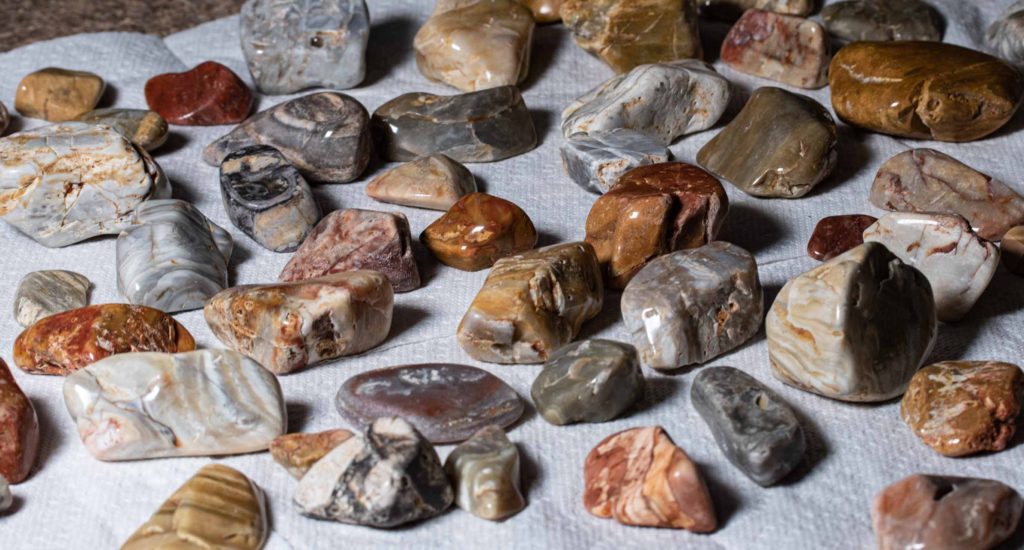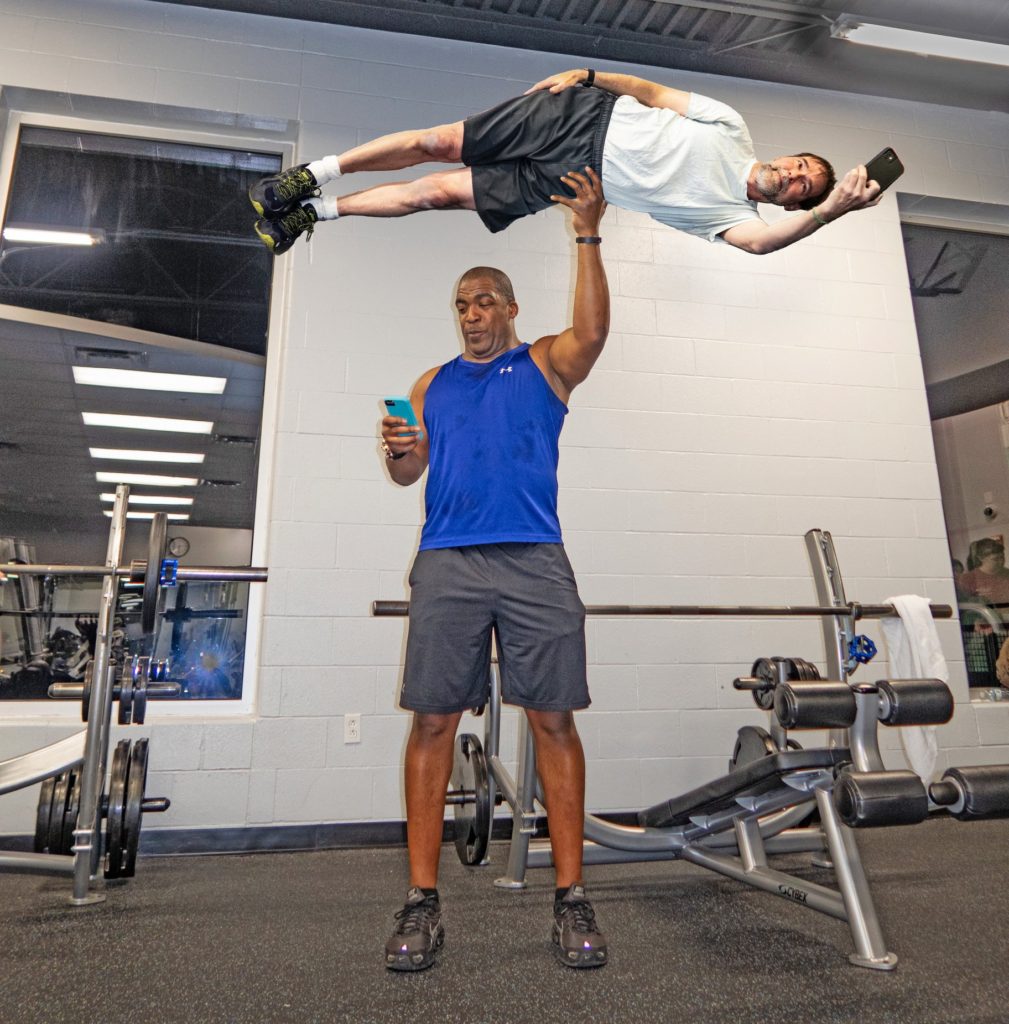Many of us are somewhat anxious, but there are other people out there who lack the ability to feel any anxiety. Many of those flagrant risk-takers are not with us any more. They died because they drove recklessly, explored base jumping and generally lived on the edge. Many others who are no longer with us ignored long term risks like drinking, eating and smoking to excess. Many of them struggled with cancer, heart diseases and strokes on their way out.
What we see at any given moment are only the survivors. We are the survivors. We are not living among a true cross-section of humanity. It's good to remind ourselves of that, because doing risky things puts us at risk, right? We are  living among those who have hit the lottery, and that includes more than a few of the risk takers who are here because they have been extraordinarily lucky. Those risk-takers are interesting to us. We watch them, sometimes with admiration, intrigued that they can do dangerous things and yet survive. They seem to defy death, disease and immense financial risks. But, again, we forget that we are not looking at a cross-section. Many people jump in and open new restaurants even though 80% of restaurants fail within four years. When we decide to go out to eat at a restaurant, we are choosing only among the survivors. The streets are also populated by hundreds of invisible ghost restaurants too.
living among those who have hit the lottery, and that includes more than a few of the risk takers who are here because they have been extraordinarily lucky. Those risk-takers are interesting to us. We watch them, sometimes with admiration, intrigued that they can do dangerous things and yet survive. They seem to defy death, disease and immense financial risks. But, again, we forget that we are not looking at a cross-section. Many people jump in and open new restaurants even though 80% of restaurants fail within four years. When we decide to go out to eat at a restaurant, we are choosing only among the survivors. The streets are also populated by hundreds of invisible ghost restaurants too.
We are looking at only the lucky ones, and this can mislead us to think that it is relatively easy to do those sorts of things and yet survive. We might cheerfully announce that we are going to engage in risky behavior without doing a Bayesian analysis. This is exacerbated by the fact that we don't know enough to know the risks, an over-confidence invited by the Dunning Kruger Effect.
Farnham Street Blog recently took a look at the Survivor Bias:
Can we achieve anything if we try hard enough? Not necessarily. Survivorship bias leads to an erroneous understanding of cause and effect. People see correlation in mere coincidence. We all love to hear stories of those who beat the odds and became successful, holding them up as proof that the impossible is possible. We ignore failures in pursuit of a coherent narrative about success.
Few would think to write the biography of a business person who goes bankrupt and spends their entire life in debt. Or a musician who tried again and again to get signed and was ignored by record labels. Or of someone who dreams of becoming an actor, moves to LA, and ends up returning a year later, defeated and broke. After all, who wants to hear that? We want the encouragement survivorship bias provides, and the subsequent belief in our own capabilities. . . . Most leaps of faith go wrong. It does not mean we should not try, just that we should be realistic with our understanding of reality.
How could I end this article without mentioning the biggest survivorship bias of them all? The eight billion human animals now populating the surface of the earth are all survivors of long unbroken lines of ancestors. We can look around and see only these those human beings who are actually here, not those whose ancestors failed to survive long enough to pass on the next generation at
every generation, extending back to the beginnings of life on earth. This survival of the fittest, natural selection, is sometimes referred to as "breed and weed," nature's amoral culling of ever-new versions of human beings, separating the survivors from those who do not survive.
I find this to be an immensely terrifying and awe-inspiring thought. If you are lucky enough be able to read this, you are a survivor in one of the most long-shot schemes you could ever imagine. In order for you to be here, your parents had to meet at the right time, be attracted to each other, have sex at the right time and then someone had to take enough interest in you to raise you. This had to happen twice for your parents to exist. Eight times for your great-grandparents to exist. These numbers grow exponentially as you you look back even a few hundred years. This is even more stunning when you consider how quickly this occurred--even a millennium is not a long period of time when you break it into generations. I illustrated this quick passage of time with a hypothetical visual in a post I titled, "
Ancestors along the Highway."
On those days when you might not feel special, then, cheer up! You are special! You are literally a survivor in a long line of organisms extending back to shew-like mammals who found opportunities with the demise of the dinosaurs. Your line survived all the way back to
the first fish to walk on the land, Tiktaalik. You are a survivor of the sponges, and beyond.
The odds of you being here are infinitesimally small, essentially nil. So, again congratulations! That said, good luck with the rest of your day. And please remember to treat each of the people you encounter as the miraculous survivors they are. And remember, also, that
each of them is a member of your own family.





